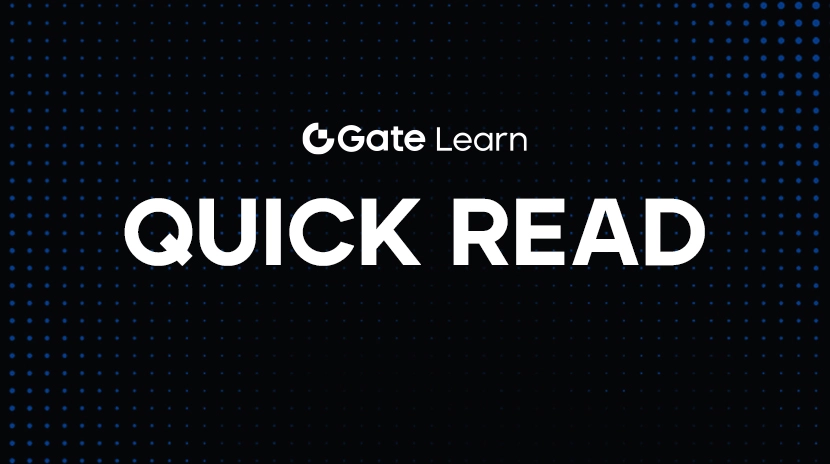What Is MGO? A Modular Layer 1 Powering Seamless Cross-Chain Experiences
Mango Network builds the underlying Blockchain for full-chain applications

(Source: MangoOS_Network)
In today’s Web3 world, seamless cross-chain operations have become one of the core needs for developers and users. Mango Network, as a Layer 1 Blockchain based on the DPoS consensus mechanism, focuses on solving the fragmentation issues present in traditional multi-chain applications with high modularity and multi-virtual machine architecture as its technical core, and connects the ecological economy and governance mechanism through its native token MGO.
Dual Virtual Machine and OP-Mango Communication Protocol
Unlike general single virtual machine chains, Mango Network adopts a Multi-VM architecture and integrates the following:
- EVM: Seamlessly integrates with the existing Ethereum ecosystem, providing advantages of developer support and abundant resources.
- MoveVM: A highly secure virtual machine derived from Aptos, proficient in asset management and state validation.
This architecture provides developers with the flexibility to choose the execution environment and achieves event capturing and cross-VM contract calls between two VMs through the OP-Mango protocol, while coordinating L2 batch transactions and dispute resolution mechanisms, balancing performance and security.
A full-chain application solution to solve fragmented experiences.
Mango Network enables decentralized applications to be deployed across chains without interrupting the user experience through the Omni-DApp application architecture. The main application logic is fixed on the Mango main chain, while other blockchains serve as remote modules. Users do not need to switch networks or log in to multiple wallets during operations, achieving a smooth interaction experience similar to Web2.
The design of this full-chain consensus state significantly reduces deployment costs for developers, and also allows for more concentrated liquidity and higher efficiency, representing a new paradigm for cross-chain applications.
Core application scenarios
Mango Network is not only designed for developers; its modularity and high performance also enable a variety of application scenarios to be realized:
- Non-custodial DeFi applications: such as staking and lending, ensuring asset security while enhancing efficiency.
- POS Staking: Nodes participate in Block production and network security construction.
- GameFi and Web3 social platforms: suitable for large interactions and high modular demand on blockchain applications.
- Cross-chain Domain Name Service MgoDNS: Provides users with a more intuitive, privacy-protecting entry point for identity recognition and asset operations.
The token mechanism of MGO
In the token economics model of Mango Network, the total supply of the native token MGO is 10 billion tokens. In order to balance early incentives and long-term governance, the overall distribution structure is designed as follows:
20% is allocated to the POS equity pool for node staking and validation, ensuring the decentralization and security of the network; similarly, 20% is reserved for the foundation as long-term development funds for the protocol, including promoting strategic partnerships, community operations, and developer support.
To encourage ecological construction and innovative applications, 17% of the tokens are allocated to the ecosystem innovation fund, specifically to support DApp development, provide liquidity injection, and project incubation.
For the core members of the project and early contributors, 15% is allocated for team incentives and compensation, further consolidating the momentum for technology development. Meanwhile, 13% of the tokens are distributed to institutional partners participating in private placements and early investments.
In addition, 10% is allocated for public offerings and community activities to expand token circulation and enhance user participation; finally, 5% is used for market making and liquidity support for centralized and decentralized exchanges to ensure the market stability and tradability of MGO.
This allocation strategy not only balances the needs of initial promotion and long-term governance but also provides a solid foundation for the sustainable development of the Mango Network ecosystem.
The core use of MGO
- Pay Gas Fee
- Node staking and network security maintenance
- Governance participation and proposal voting
- Incentivizing DApp ecosystem development
Start MGO spot trading immediately:https://www.gate.com/trade/MGO_USDT

Summary
In today’s increasingly diverse Blockchain landscape, Mango Network focuses on modularity, dual VM architecture, and full-chain collaboration as its core selling points, providing developers and users with greater freedom and a better experience. MGO, as its native asset, is gradually shaping a blockchain value system that does not rely on speculation and focuses on technology and usability.
Related Articles

Pi Coin Transaction Guide: How to Transfer to Gate.io

What is N2: An AI-Driven Layer 2 Solution

How to Sell Pi Coin: A Beginner's Guide

Grok AI, GrokCoin & Grok: the Hype and Reality

Flare Crypto Explained: What Is Flare Network and Why It Matters in 2025
